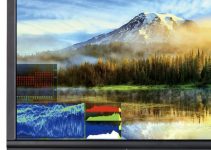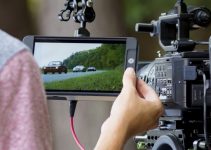Sony has broken new ground with the release of the a9 III – the world’s first full-frame mirrorless camera with a global shutter. This is downright revolutionary technology and seeing it in use here is going to be a game changer for photography.
Let’s not forget about how Sony’s mirrorless cameras are all video powerhouses as well and we all know that global shutters can seriously help with eliminating odd artifacts and motion issues. So how is the a9 III for shooting video?
Filmmaker Jeven Dovey has gotten an early hands-on with the camera and shows us just how good that global shutter can be for video.
What is a Global Shutter?
The biggest news with the a9 III is the use of a global shutter. For those unfamiliar with it we can do a quick breakdown. Most cameras today, besides select cinema cameras, use a “rolling” shutter to read data off the sensor when shooting video.
This means that the camera reads the pixels line-by-line after the shutter is pressed.
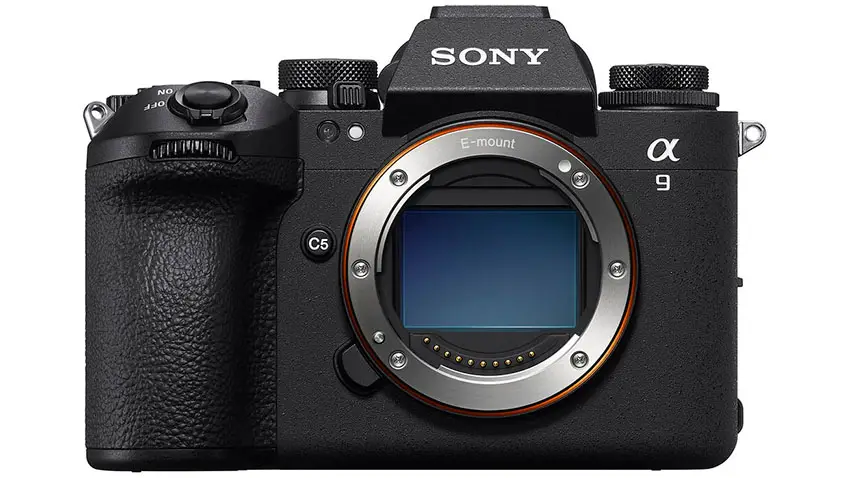
Image Credit: Sony
In many cases, this rolling shutter technique has no issues. However, when we introduce motion the rolling shutter can present with artifacts.
Since it is reading line-by-line, there is a delay between the capture of image data on the top of the frame and the bottom of the frame. It is measured in milliseconds, but that is noticeable with large movements.
This is seen with the jello effect during panning where vertical lines appear skewed. Also, when flash or flickering lights are in the shot this can present as banding throughout the image.
Global shutters are able to read all pixels at the same moment. No delay. This means that the jello effect and banding artifacts are eliminated. For photographers, it means you can even use flash at any shutter speed. Eliminating the wobbly look of rolling shutter changes the feel of your footage and generally I would argue this is an improvement.
Photography Improvements
The global shutter on the a9 III allows for plenty of major improvements over past models.
The electronic shutter – there is no mechanical shutter at all – can reach speeds of up to 1/80,000 second and the camera can shoot full-resolution raw images at up to 120 fps with AF/AE tracking. For action and sports, this is an amazing set of specs.
Sony also added their own Pre-Capture mode that will record up to a second of images when you half press the shutter and save them when you fully press the shutter. This should help you nail the exact moment you want.
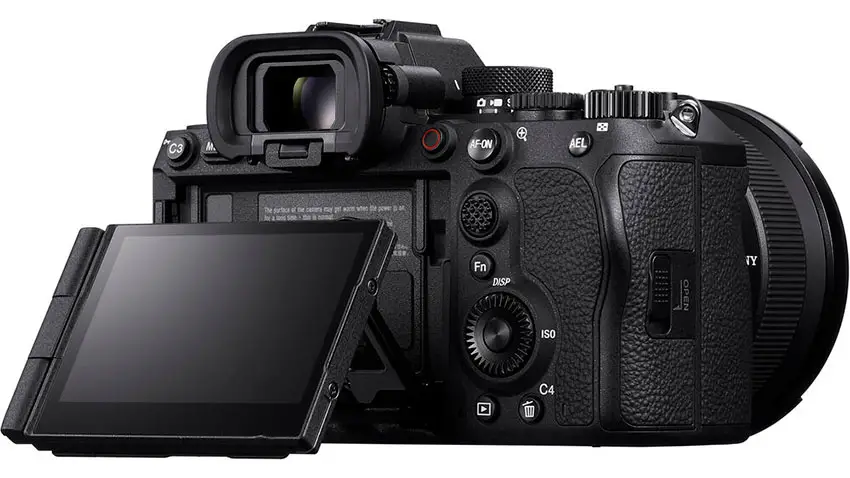
Image Credit: Sony
Since you may not always need the maximum speed, Sony added a C5 button to the front of the camera that is set to default as a Speed Boost mode. While shooting you can just press the button and activate a faster continuous shooting rate.
Video Improvements
Every new Sony camera generation makes slight tweaks to the body to make it just a little better. The a9 III is no exception with its larger, more comfortable grip.
The specs aren’t so different from other Sony cameras, but it is a big upgrade from the previous a9 models.
It’ll record in all of Sony’s usual modes in 4K up to 120p in 10-bit. That 120p mode is especially exciting since this is the first Sony camera to do 4K 120p without any crop.
Raw output is available in 4.6K up to 60p via the a9 III’s HDMI port. That’ll work with the usual Atomos models for ProRes RAW recording.
One thing that Jeven wasn’t able to test was overheating. Sony did say that it is one of their better cameras when it comes to overheating and is actually a little better than the a1.
This is likely since the a1 is pushing a lot more data in 8K than the a9 III is doing with 4K.
Another body tweak was the addition of Sony’s new multi-angle screen that can serve for both standard tilting or as a fully articulating display. It’s a nicer, larger screen as well.
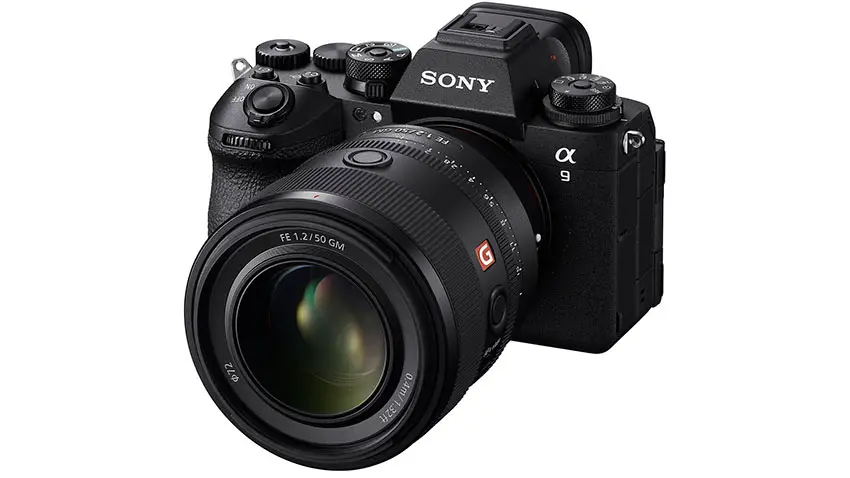
Image Credit: Sony
Autofocus is Sony’s best yet with all the new AI-enhanced functionality backed by the BIONZ XR processor and AI unit. The 8-stop in-body image stabilization is great and there is an Active Dynamic mode for an even smoother shot right out of camera.
Earlier a9 models were so decidedly not video cameras and so Sony left out things like Picture Profiles. Well, they finally put them in the a9 III.
You have S-Log3 with a base ISO of 2000. One thing to note is that this isn’t a dual native ISO camera so that is what you will be stuck with. S-Cinetone can be used at any ISO down to the a9 III’s base of 250 and up to 25,600.
When using the higher ISOs the camera seems to handle noise very well. This is usually a concern with global shutters recently but the a9 III appears to be a top performer still.
Keep in mind, this is a hybrid camera – and an expensive one. If you want this camera and can afford it and need still photo capabilities the a9 III is an amazing choice. For most people, there are plenty of great cameras still out there.
What do you think? Is the global shutter on the a9 III making it something you want to upgrade to or are you waiting for something more cinema-focused?
[source: Jeven Dovey]
Order Links:
- Sony a9 III Mirrorless Camera (B&H)
Disclaimer: As an Amazon Associate partner and participant in B&H and Adorama Affiliate programmes, we earn a small comission from each purchase made through the affiliate links listed above at no additional cost to you.
Claim your copy of DAVINCI RESOLVE - SIMPLIFIED COURSE with 50% off! Get Instant Access!




